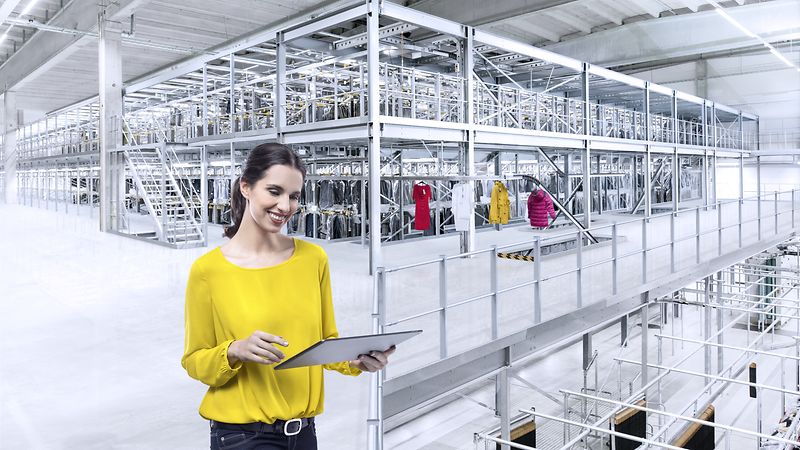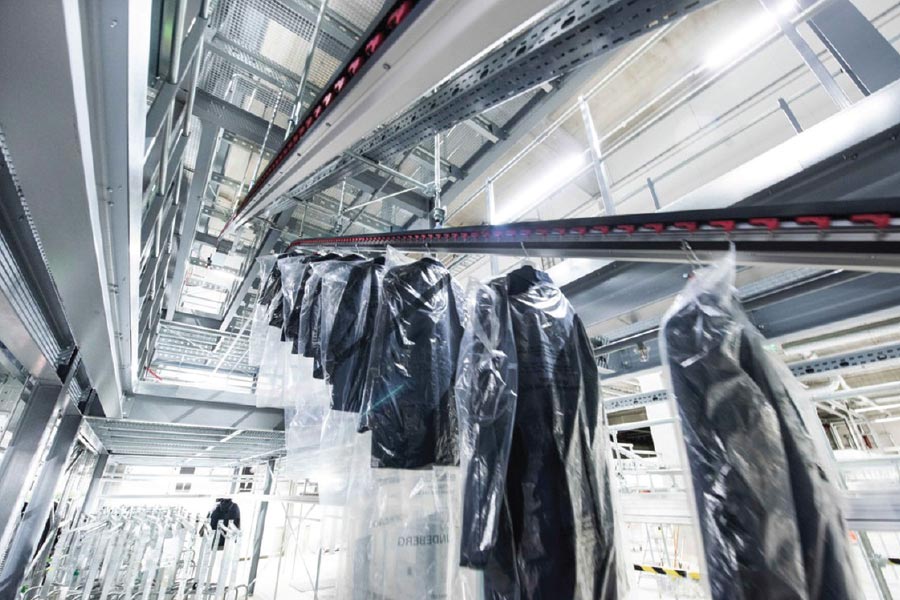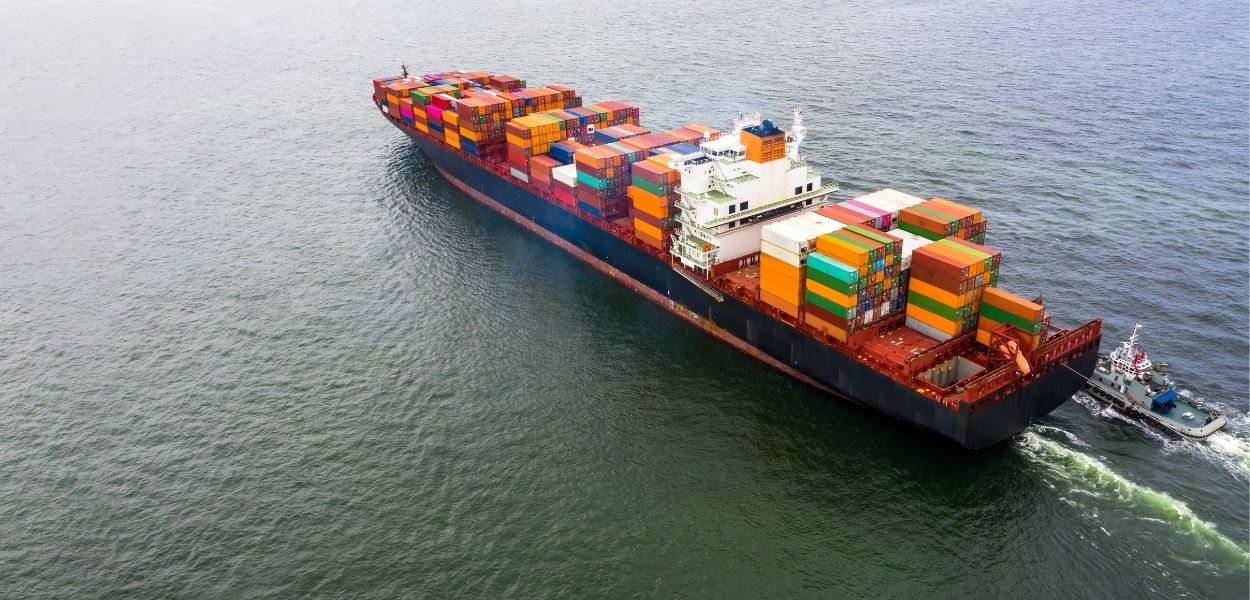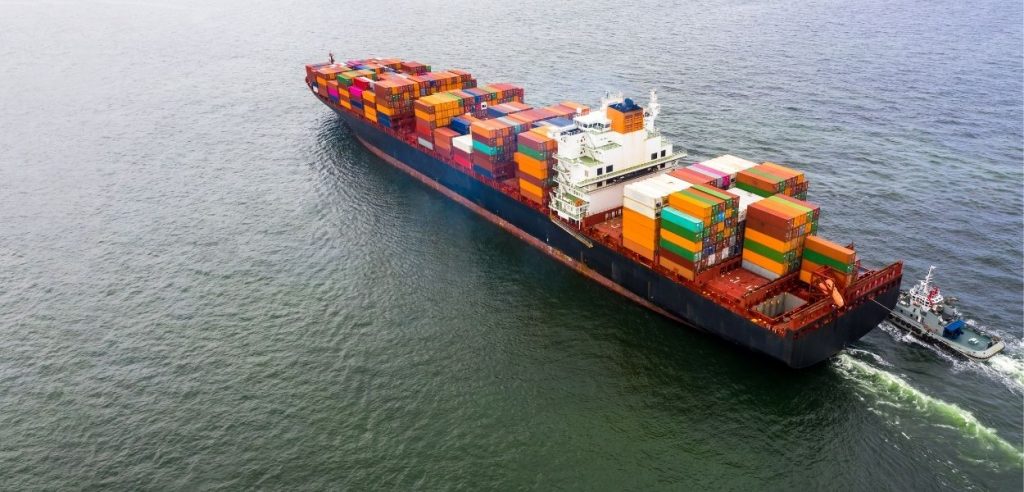Have you ever reflected on how the COVID-19 pandemic has directly affected the supply chain and fashion logistics? Lockdowns made it difficult for products to cross the frontiers and reach the final consumer.
Fashion Logistics
If you don’t know how the fashion supply chain works, read to understand more: Technology as an Ally to Build a Traceable Fashion Supply Chain.
With the pandemic, the industry has had to stop production, close stores and accelerate strategies to navigate an unstable landscape of strictly enforced social distancing, what almost paralyzed fashion logistics.

The fashion industry is heavily dependent on contracts signed with companies based in countries that were at the epicenter of the virus at the beginning of the pandemic, such as China and Italy. Covid-19 had a negative impact on the textile industry in Asian countries, a significant group of countries for the sector. They are raw material manufacturers for several other nations.
The fashion logistics suffered a decrease in production. This issue also affected contracts with suppliers, make-to-order, and even contracts with models and photographers.
The Impact
As we know, the fashion cycle has changed during the pandemic. Organizations canceled the fashion shows and seasons and they also erased the shows from the first half of the 2020 calendar.
The September 2021 Reuters report says that fashion brands like Benetton are increasingly turning away from global-spanning supply chains and low-cost manufacturing hubs in Asia, which could prove a lasting legacy of the COVID-19 pandemic.
When Reuters released the report, “a shipping container that used to cost $1,200-1,500 can cost $10,000-15,000, with no certainty of the delivery date.”

In addition, the cancellation of orders affected a large number of micro and small
retail companies. COVID-19 has also affected the season calendar. Thus, reduced production forcedly encouraged slow fashion and the use of already manufactured products.
Fast Fashion
According to a report by Intrado, fast fashion has a significant presence in this matter. The data is that the global fast fashion market made $31.4 billion in 2020. Because of COVID-19, there was a slight decline from the $35.6 billion made in 2019. In fact, fast-fashion success is based on the continuous production of pieces and supply in physical and online stores of weekly collections.
As a result, industries filled warehouses with an unsold seasonal inventory. That’s because delivery deadlines have entirely changed in the fashion supply chain.
Read more: Behind the Scenes of the Fashion Supply Chain.
Fashion Logistics, Supply Chain & The Workers
We have already said several times how precarious textile workers’ situations are. And with the pandemic, this scenario got worse. According to the Worker Rights Consortium (WRC), 210 garment facilities across 18 countries have been identified where 160,000 workers are owed an estimated $171.5 million since the outbreak of Covid-19.
The industries usually pay the workers per piece produced. With the impact on fashion logistics and production stoppage, major fashion brands and retailers canceled orders and stopped payments for orders already placed.
According to Fashion United, “factories were left with little choice but to destroy or keep hold of unwanted goods already made, and lay off their workers in droves.”
According to VOGUE, the troubling moment of the pandemic has also left women workers in the apparel sector at greater risk of violence and sexual harassment. In India, Jeyasre Kathiravel, a 20-year-old garment worker, was allegedly raped and killed by her supervisor at an H&M supply factory after months of harassment.
The Future of Supply Chain & Fashion Logistics
The COVID-19 pandemic generated impacts in all sectors of the textile industry, from factories to stores and suppliers.
These impacts on the supply chain showed that it is necessary to understand how the industry behaves and its changes. In addition, to obverse all the paths from a product to the final consumer. After all, the lack of fabric in Asia can affect the consumer or reseller in a city in Latin America.

With the return of industries’ production, this sector will still need some time to re-establish itself. The reason is that it was two years of stoppage and delayed demands.
Sustainability & Traceability
Sustainability seeks to empower supply chain workers. Also, a positive alternative for the future of the post-pandemic supply chain is that consumers are going after sustainable products.
In this way, the large industries must invest more in traceability so that consumers can buy sustainable clothes. After all, traceability not only benefits the company but ensures a fair commitment to the entire supply chain.
There are several technological tools that help in the implementation of traceability in the fashion industry, such as QR barcodes. By the way, traceability software and technology tools help in the “collection and management of data in order to help improve product quality, security and safety throughout the supply chain.”
In conclusion, the expectation is that consumers affected by this crisis will now be more conscientious about consumption. And they will also be able to consider sustainability in their purchasing decisions even more than before.
You can read more here: These Traceability Tips Will Change Your Business.






